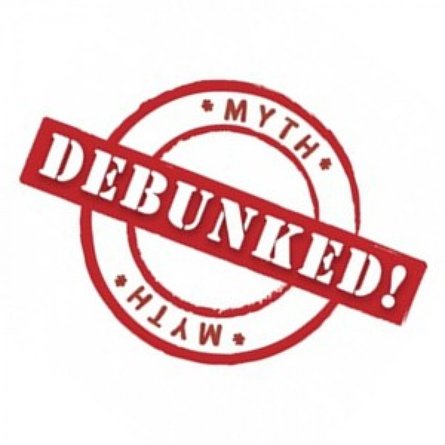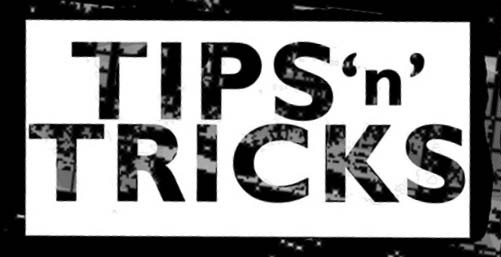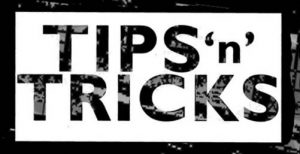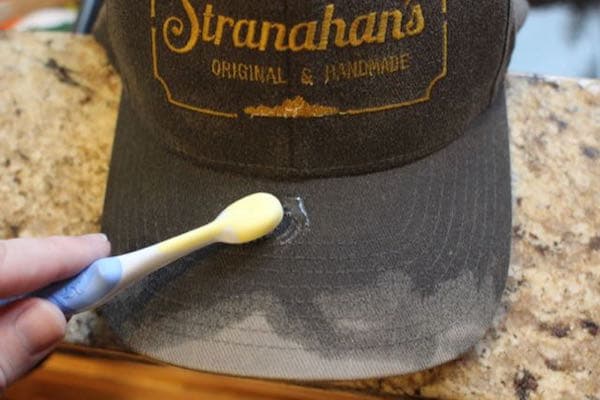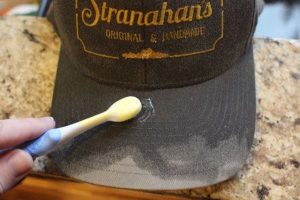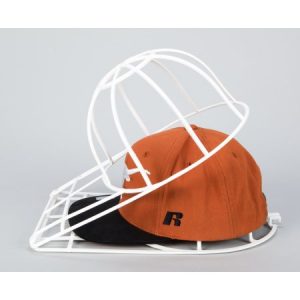Laundry Myths – Debunked
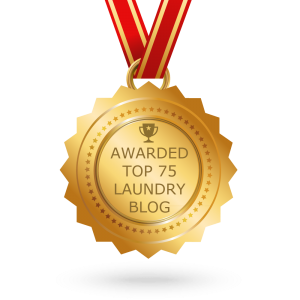
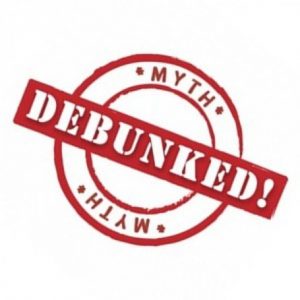
Some laundry tips are nothing more than old wives’ tales and are simply a waste of time and money. Below are a few laundry myths debunked with some real information you can use that will make laundry easier.
Hair Spray To Remove Ink
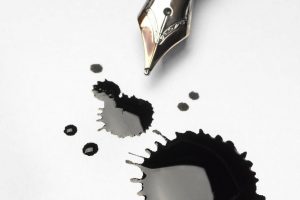
The idea of using hair spray to remove ink from laundry began in the 50s and was actually a valid tip back then. It was the alcohol in hair spray that worked on the ink stain. However, today’s hair sprays are different from those aerosols of the 50’s. Today, most hair sprays don’t even contain alcohol and can actually cause stains themselves or set the ink in.
Begin by wetting a cotton swab with isopropyl or rubbing alcohol ( test the fabric to be sure the alcohol does not damage or discolor the material). Start by working from the outside of the stain to the inside, dab the spot with the swab. Change to a new swab as ink is absorbed to keep from redistributing the ink.
If traces of the ink remain, mix a solution of oxygen-based bleach (OxiClean, Clorox 2, Purex 2 Color Safe Bleach) and cool water. Follow the package directions as to how much product per gallon of water. Completely submerge the garment and allow it to soak for at least eight hours, then check the stain.
If it’s gone, wash as usual as directed on the label. If it remains, mix a fresh solution and repeat. It may take several soakings to remove the stain but it should come out.
Use More Detergent To Get Cleaner Clothes
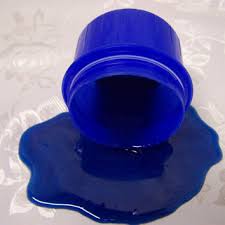
More is not better when it comes to laundry detergent. Most of us, at some time or another, are guilty of using too much detergent. This creates excess suds that actually redeposit soil onto our clothing.
We recommend using half as much detergent as recommended and see if you are pleased with the results. You can always add more but you can’t take it out. Most detergents these days are highly concentrated and don’t require as much as in the past.
Hot Water Kills All Laundry Germs
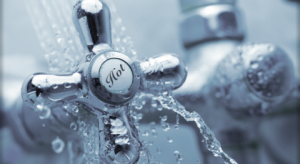
Unfortunately, using hot water alone for laundry does not kill all germs and bacteria. Washing clothing or linens of someone who is ill can spread the germs throughout the entire washer whether you use hot or cold water. Only a disinfectant like bleach, pine oil or a phenolic disinfectant (Lysol) will sanitize the laundry and the washer.
The Sock Monster
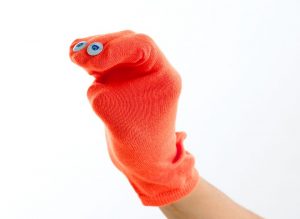
Most missing socks are not eaten by a monster in your washer or dryer or even trapped in the machine. (You would know if a sock got into the motor of either one pretty quickly.)
Most socks disappear between leaving the foot and the clothes hamper or the clothes hamper and the machine. Check behind your washer and dryer for a stash of socks that have fallen, or check the inside of pant legs for those secret clingers due to static.
Keep a basket or bin or mesh bag in the laundry room or near your clothes hamper for all those extra socks. Once a month go through and sort and match or just buy one kind of sock so they all match!


